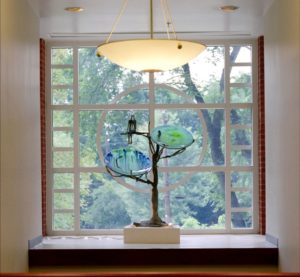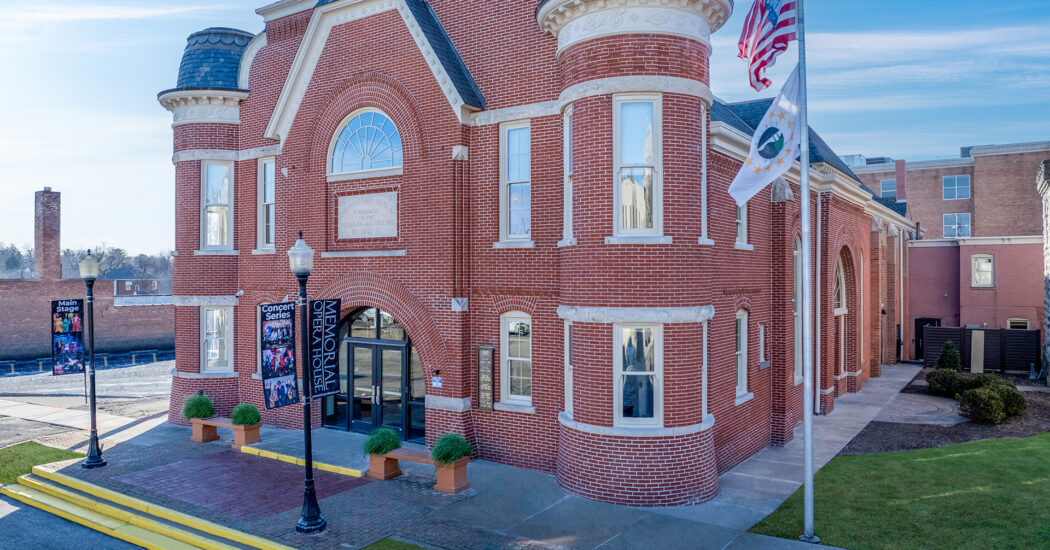Making Magic – Approaching Conceptual Design
-
Category
Studio-K12, Studio-Higher Ed, Studio-Community, Innovation -
Posted By
Steve Alspaugh -
Posted On
Oct 14, 2015
Many people seem to think there is some sort of magic that happens when architects develop early project design concepts. It’s a big part of the fun; the first steps in connecting the client to their dreams. Not that it’s a simple exercise, but it actually involves many of the same replicable steps each time.
- Understand the client’s needs and wants, as well as the real problems and opportunities that need to be explored.
- Understand the building program elements – what and how much.
- Finally, understand the context. Not just the physical site or location for the proposed project, but a clarity of what will give the project substance and delight for a given client.
The first two steps are ones that you likely knew or could guess. But the last one is what will provide a solution which will transcend an Owner’s expectations, making it even more special than they imagined by giving it a meaning unique to them and their specific opportunity. That’s the magical part of the equation. It’s not something to be calculated, but rather it is experienced. These are tangible outcomes of seeking the less tangible understanding of what the building really means for a given Owner, not just what it needs to do for them.
The Johnson Center for Fine Arts at Franklin College offered an outstanding opportunity for a special project, especially with its prominent location along an external campus edge and an internal campus pedestrian mall. Paying attention to these contextual situations to make it work effectively with the site, but paying attention to its purpose will lead to taking advantage of unexpected opportunities that will make it special for all who experience the building.
Art infuses this building, finding its way into planned niches and surprise locations around the building and the exterior plaza. The pyramidal skylights which top the atrium gallery were equipped with hanging points to allow sculpture to float above the atrium floor. Even the donor plaque became an artistic expression in curved dichroic glass, etched and backlit in the central rotunda.

Ultimately, a building and its spaces are most successful if they make the users smile while allowing them to do what they need to do more effectively and efficiently. That’s the magic we work to bring to each project.







